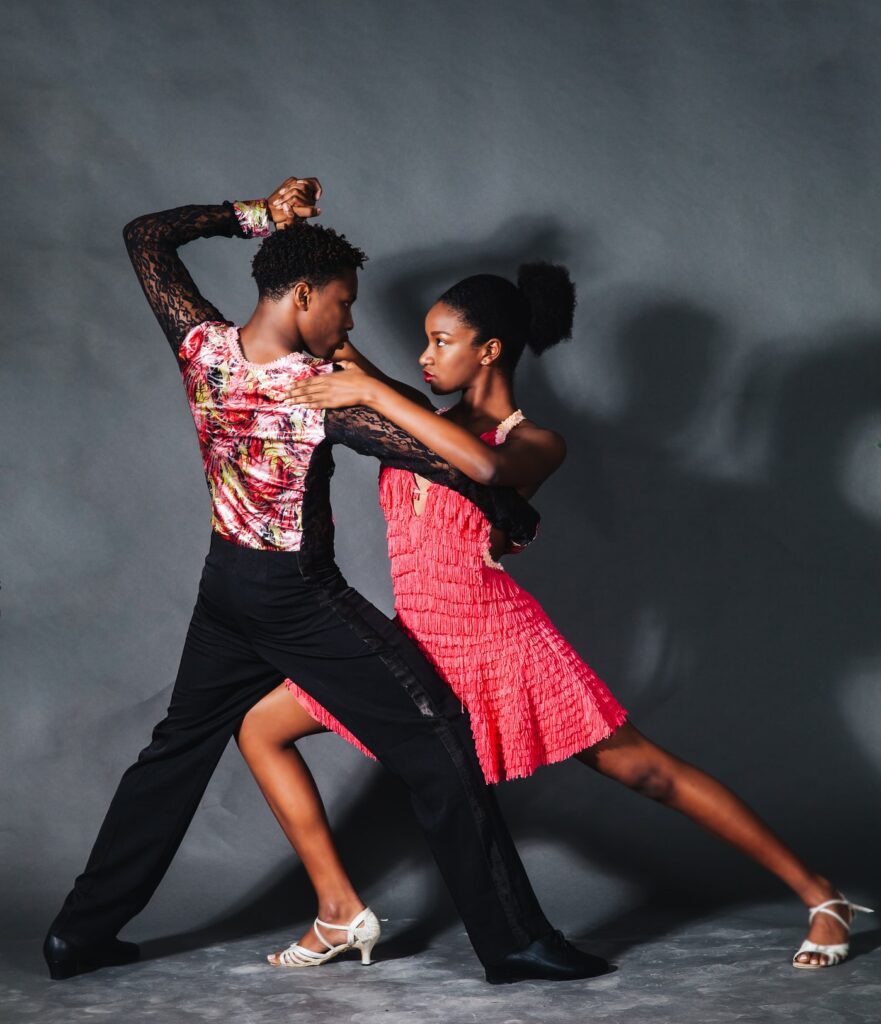
Many physical self-defense strategies fall victim to what I describe as the “if this, then that” fallacy. They assume an attack looks a certain way, can be met by a very specific counter, and then a one or a small handful of outcomes will occur after which the attack will have ended. Many of the techniques claim to work because “that’s how the human body works,” so that the attacker has no option except to respond in a certain way. You hear this a lot with kicks and punches directed at particular parts of the body, or joint lock-type techniques. It’s almost like thinking of violence as a choreographed dance: Attacker grabs would-be victim in his arms; would-be victim knees him in the groin; attacker staggers back in pain; would-be victim runs away. Victory! While there may be a small menu of options at each stage, they tend to be limited and predictable.
Unfortunately, attackers aren’t non-player characters in a video game. They are, as much as we’d not like to think so, living and breathing human beings who have the ability to make their own decisions. That means they can choose what their attacks look like, and they can decide how to respond to defensive maneuvers. They will not necessarily feed a defender a physical challenge that looks exactly like what they have prepared for. If they do, and the defender begins her move, the attacker will often not remain cooperatively in the best position to have the technique applied against him. If he struggles too much, it may be impossible to complete it effectively at all. Assuming it can be, the attacker might not feel or be deterred by the intended pain or injury, or might simply press the attack in a new way. Just as a defender may be determined to survive and win at all costs, so might a motivated attacker. And when they don’t react as expected – and they often won’t – then what? These strategies often don’t have an answer.
Fortunately, you can build those strategies, and others, into a more complete solution. It’s embodied in a concept called randori, which is a martial arts practice of freestyle sparring that you see in judo and other sports. The first part of the word gives you a clue about what it involves, which is randomness. In randori, the fighters don’t know what the other person, or other people, are going to do, when they’re going to do it, or how. At best, they know what the rules of the game are, in that there might be restrictions against using certain techniques or against working at full speed or strength in that particular interaction. It’s done safely only because all of the participants respect and follow those rules, and while they each will want to win in their own way, they have agreed not to do so at the complete expense of their opponent.
Randori acts as a proving ground for particular techniques that a participant might attempt, a training arena to perfect their application against a resisting partner, and a pressure vessel to teach you to struggle through a variety of potential answers until you find one that works. It exposes you to a variety of actions and reactions, and helps you figure out what works and doesn’t work when the other person wants you to lose. It gives you practice with choosing one strategy over another, in the heat of the moment when the pressure is on and you must either act immediately or suffer the consequences of being successfully attacked. It teaches you that plans fall apart, and allows an opportunity to try Plan B, Plan C, and Plan D when the stakes are lower than if you were defending yourself for real. It’s not that you have to be ready to cycle through a million options, but you can’t assume that an attack will look a certain way and that a particular technique will work a certain way. You need to be prepared for variations on types of attacks, and understand the principles of what you are trying to do in order to be able to find a response that works even when the bad guy does something unexpected, so that you have the best odds of success. More, you need to be prepared to continue fighting when your first try doesn’t stop your attacker in their tracks.
But most importantly, randori teaches you that the other guy gets a vote. The person who is attacking you, who you are fighting against, does not want to get hurt and most certainly does not want you to get away. They will not be not interested in presenting you with exactly the setup you recognize, at a speed you can recognize it. They will do anything they can in order to prevent you from hurting them, moving and twisting away from your hands and feet and weapons, and not waiting for your move before their next. They will not care about how they are supposed to react to your glancing strike, off-target kick, or inexpertly-applied joint lock. They will not act at all like the willing and cooperative training partner from your self-defense seminar, who patiently waited for you to remember what to do, didn’t struggle through your attempts, and responded exactly as you were told they would. They will not dance with you, and they will not let you work your way through your planned menu of moves.
The other guy gets a vote, but that doesn’t mean you have to let him cast it. You just might need to be creative about how you’re going to stop him.




